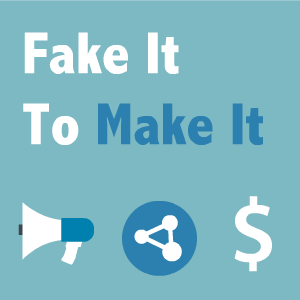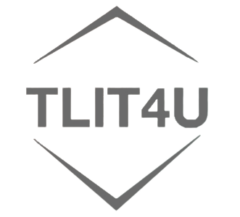| Resource type | Video | |
| URL | https://www.fakeittomakeitgame.com/ | |
| General objectives | | |
| Learning | One learns how people can earn money by sharing shocking news in suitable social media groups. |
| Entertainment | The game is not very entertaining, being rather quite repetitive. |
| Ethical | The goal is to earn money at someone else’s expense that is the real-life logic of fake news; the game needs additional teaching on the topic before it can be played. |
| Others | There is a risk that the game inspires someone to make fake news for fun. |
| Related topics/Glossary – Keywords | – | |
| Expected learning outcomes | | |
| Knowledge | Students learn which kind of news are popular and spread easily in social media, and hopefully understand the logic of fake news and become more skeptical on what they see and what they share on their social media sites. |
| Skills | The players learn how to earn money at someone else’s expense |
| Abilities | |
| Teaching methodologies/Activity outline | | |
| 1. Starting a challenge: (brainstorming problem situation. By asking the students questions, the teacher stimulates their thinking) | This game shouldn’t be proposed without first teaching about disinformation and how fake news spread. |
| 2. Activation (In Class) / Explanation: (ask the students to watch the videos, read articles, etc. related to the learning outcomes) | After a lecture, the game could work to show in practice how efficiently and quickly someone can earn money by spreading fake news. |
| 3. Processing: (ask your students to do this experience at home or in the classroom) | The game is quite long and may require several efforts before the logic is learnt, for this reason it could be used as a home work after a lecture on the topic. |
| 4. Conclusion and evaluation reflections | The problem of this game is that it requires knowledge about American society, politics etc. to know, which kind of news are worth of spreading to make people interested and to react emotionally. This may be too much or not interesting for European kids and youth. |
| Information and transliteracy competencies | | |
| | Scores:
0 (none) to 5 (strong) |
| Critical Thinking | The main aim of the game is to develop player’s critical thinking. |
| Creativity | |
| ICT/Digital Skills | |
| Collaboration | |
| Information Skills | |
| STEAM competencies | | |
| Creative Thinking | |
| Critical Thinking | You have to count your earnings and expenses, and develop your financial literacy. |
| Mathematical Thinking | The players has to count her/his own earnings and expenses, and develop some “earning skills” |
| Scientific Thinking | |
| Activity development | | |
| Description of the game use to achieve the learning goals | |
| Required tool(s) | Laptop or tablet. |
| Instructions for students | The game does not require installation, it’s possible to play on a laptop, maybe also with a mobile phone. |
| Final Comments | |
| Required settings | None | |
| Class management | | |
| Individual work | individual work is possible but not the best option. |
| Team work | team work could fit better because it allows discussion about different options; one would learn more than in individual work. |
| Whole group | |
| Time management | | |
| Short activity (< 1h) | The game can be played quickly but if you want to test different options and really understand how fake news industry works, at least one hour is needed. |
| Medium activity (>1h;<1 day) | |
| Long activity (> 1 day) | |
| Sources/extra readings | None | |

